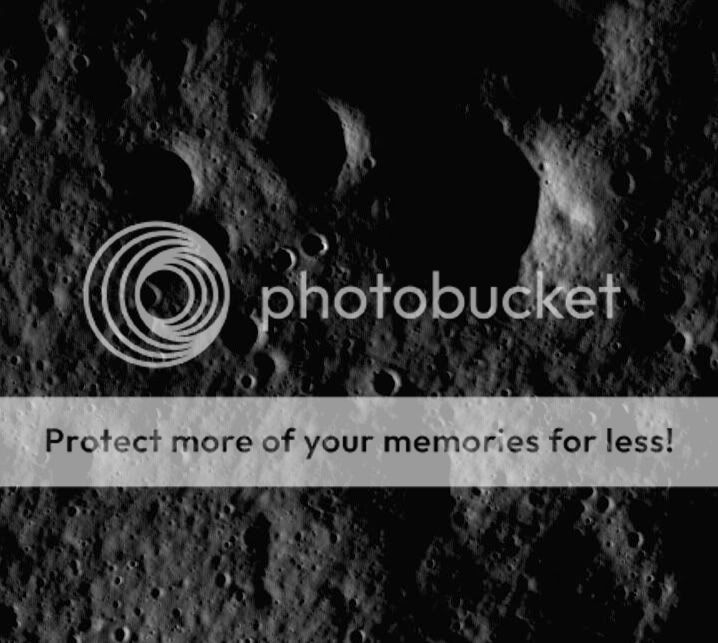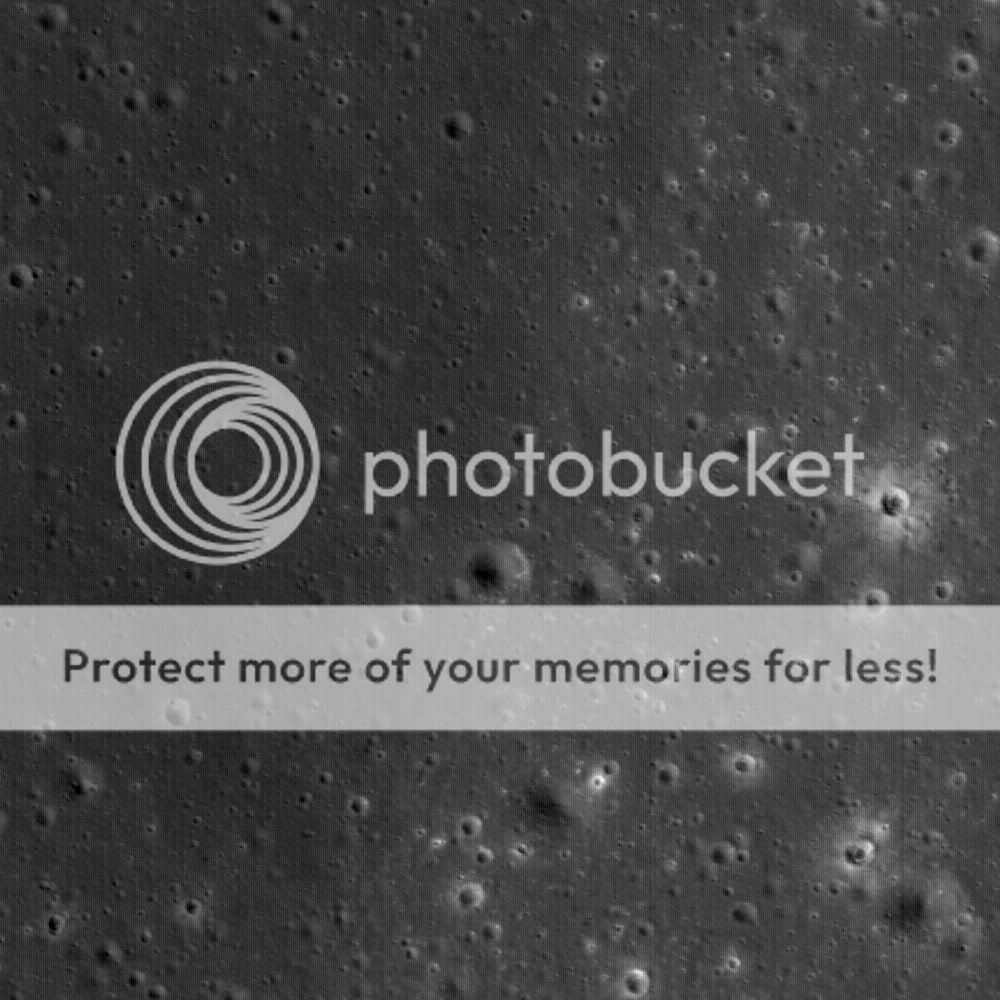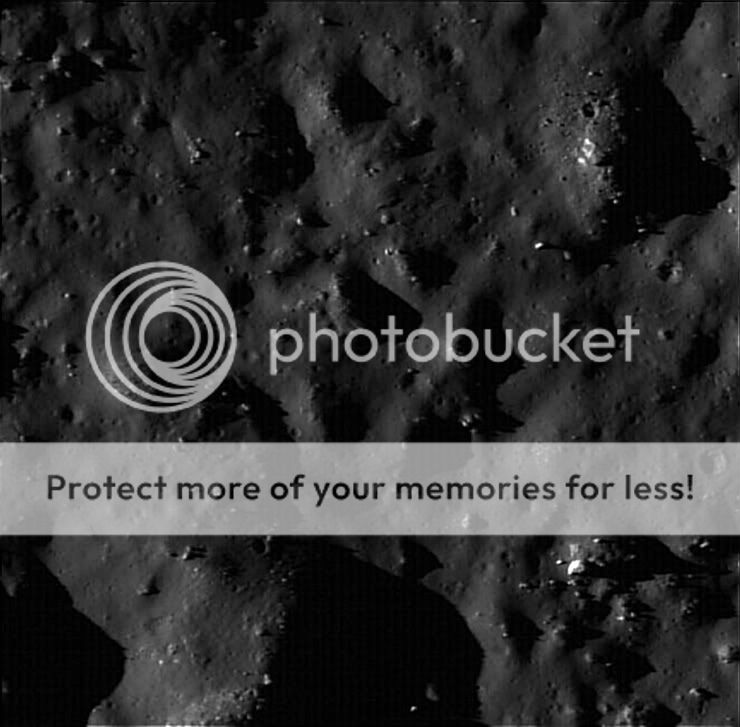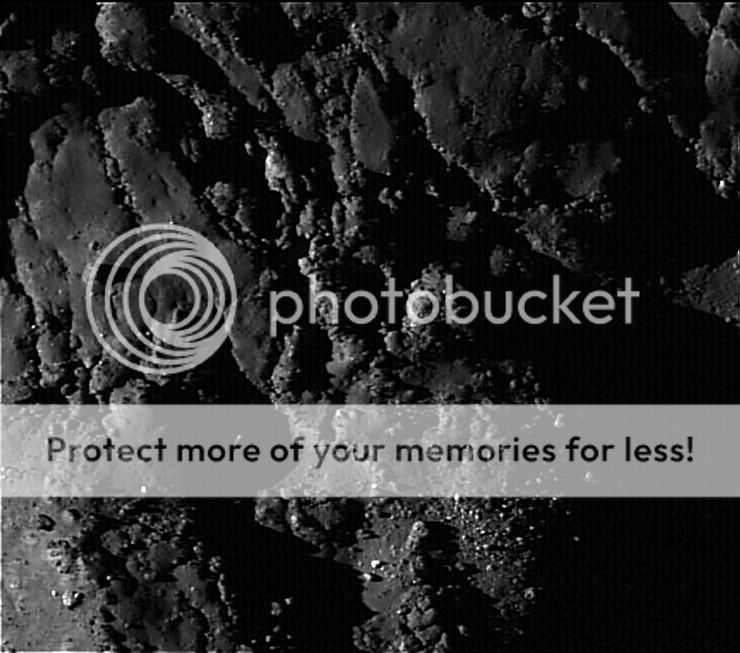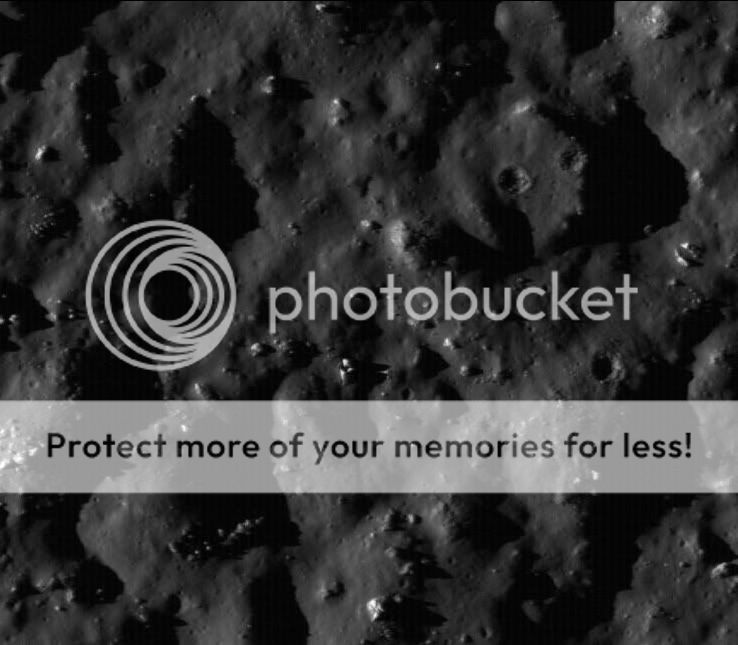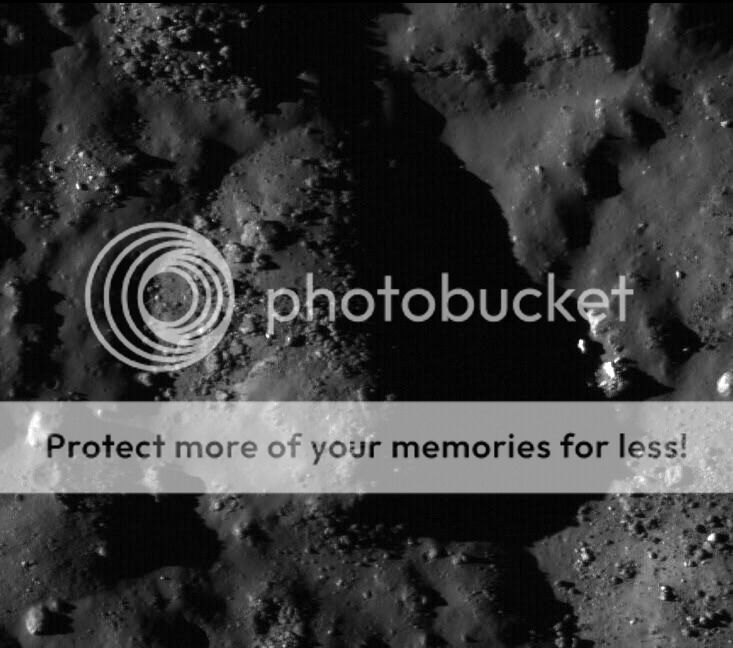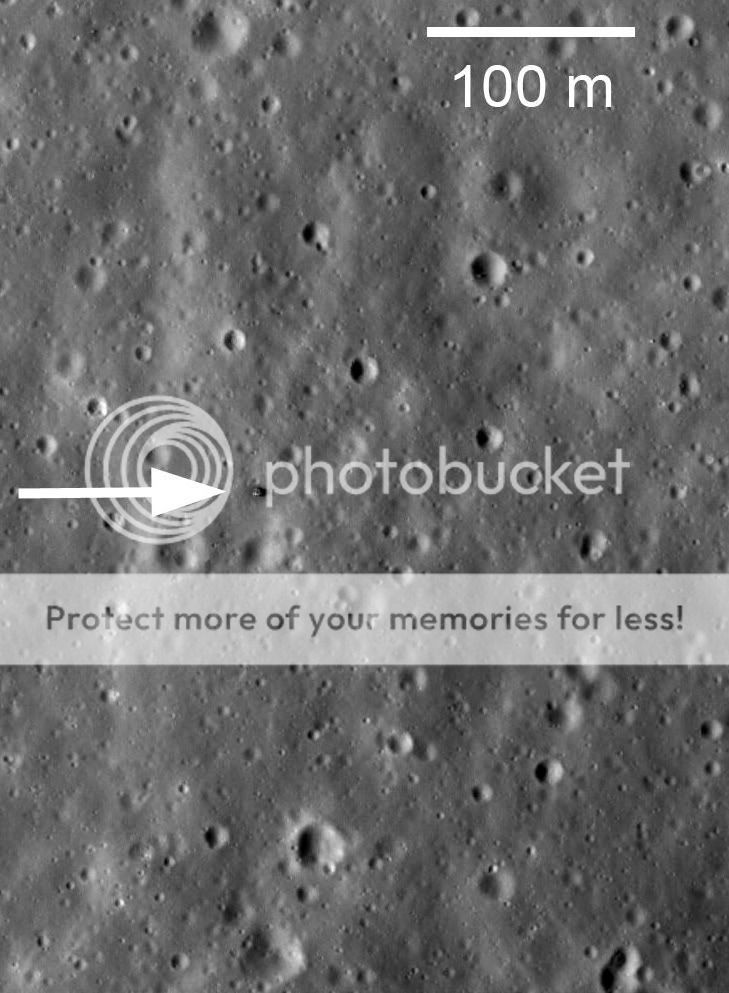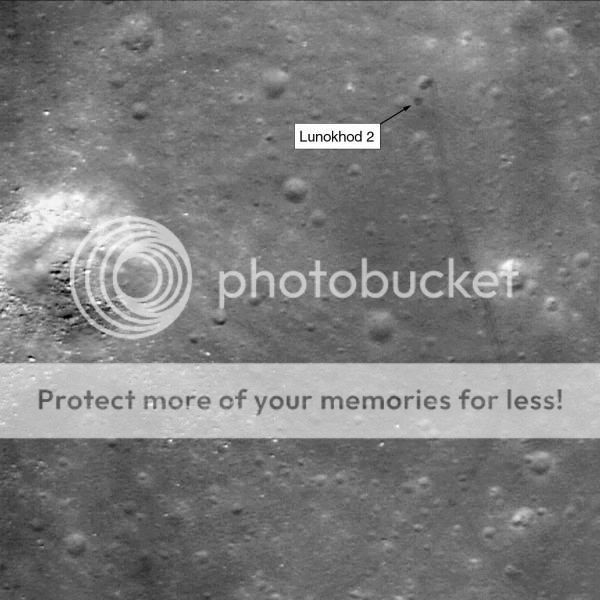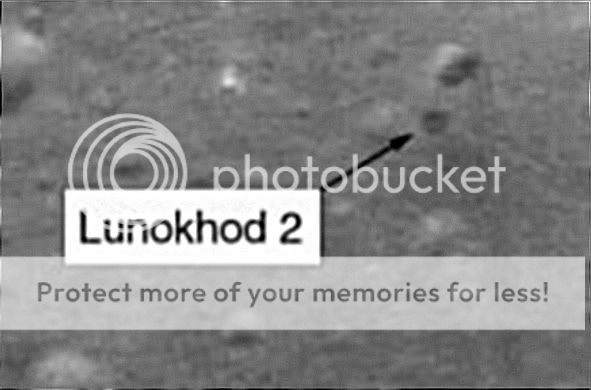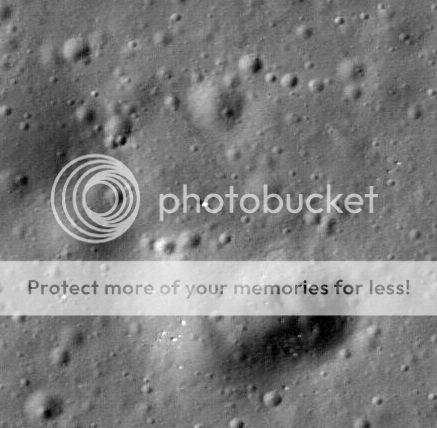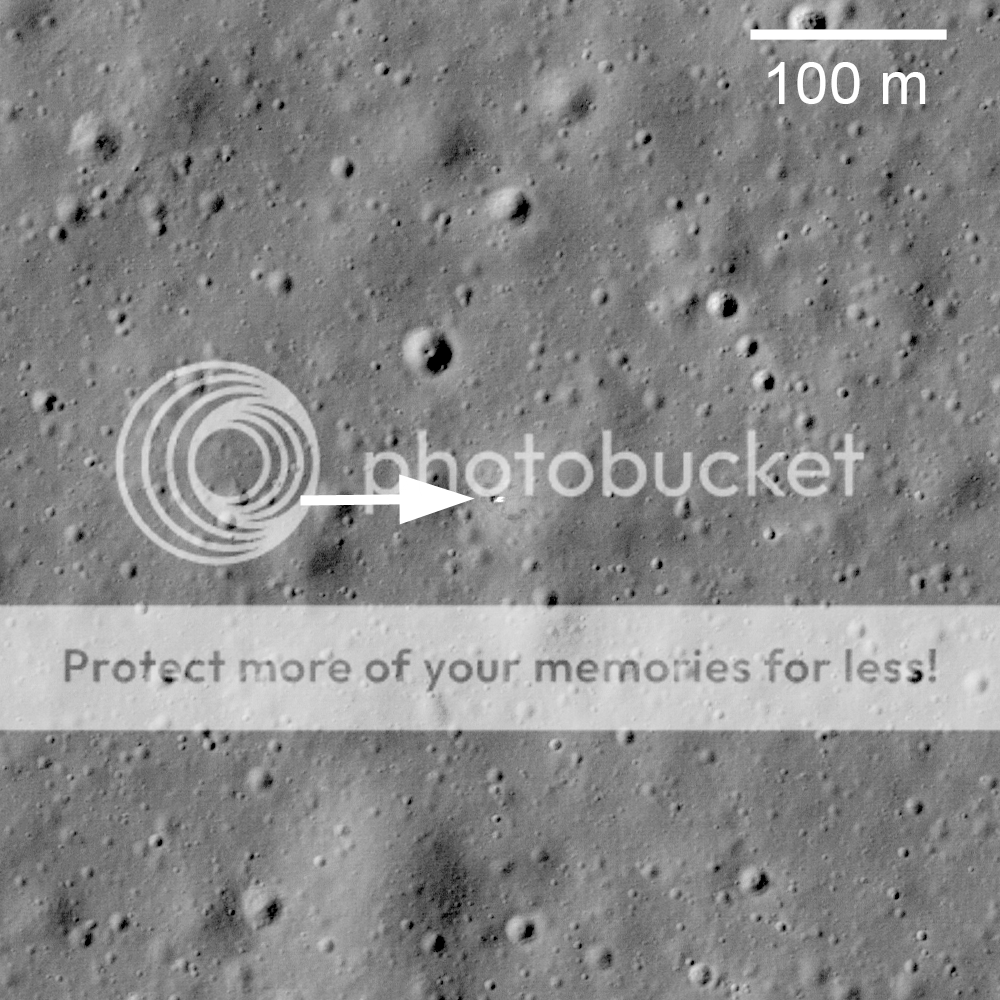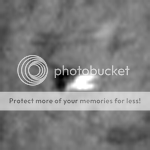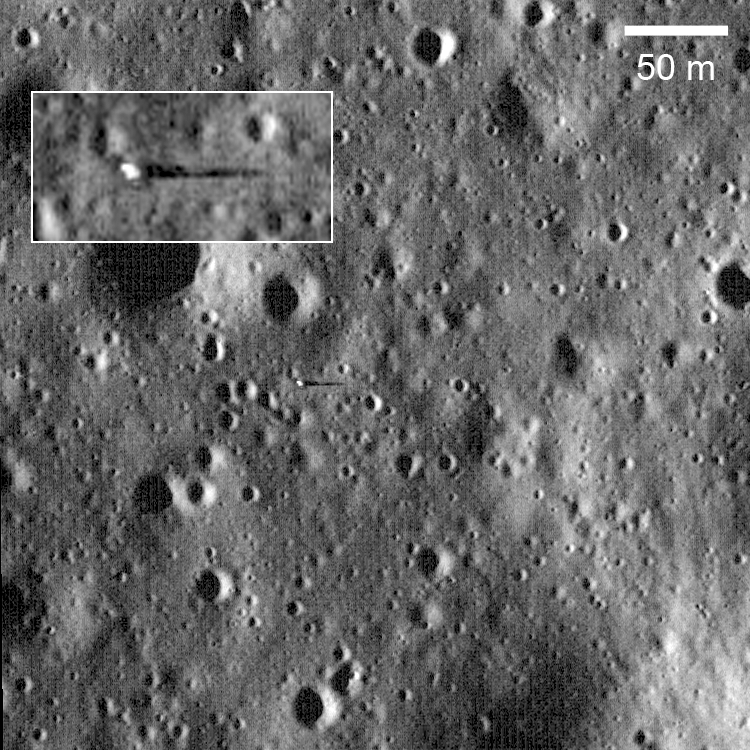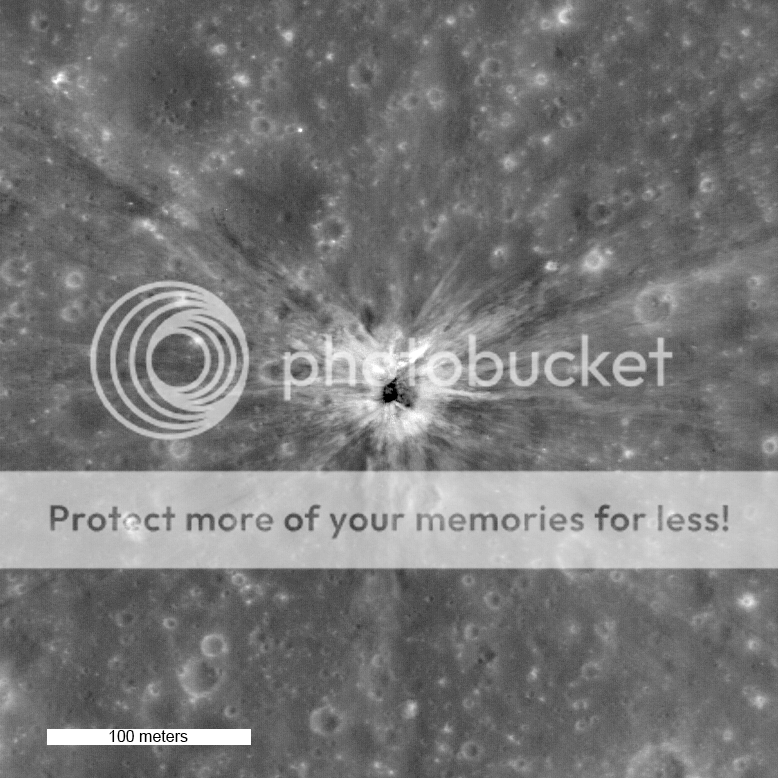LRO Results
Some LRO results at spaceflightnow.com:
http://www.spaceflightnow.com/news/n0912/20lroresults/
excerpts:
-----------
There are 20 percent more cosmic rays at the moon than in previous solar minima, but annual radiation levels are still comparable to doses received by X-ray technicians or nuclear power plant workers on Earth, Spence said.
--------
But the CRaTER instrument also discovered unexpected levels of radiation closer to the lunar surface, where the moon should block cosmic rays.
Many scientists believed the moon's mass would shield astronauts working on the surface, but LRO's discovery shows something on the moon is producing a secondary source of radiation.
"The net affect could be that you don't get much help from the moon at all," Spence said. "In fact, some of the secondary particles might be even more hazardous in terms of their radiation dose."
-------------
A leading hypothesis for the lunar radiation source is the interaction between cosmic rays and soil. As energetic particles strike regolith, the collisions could liberate other particles and hurl them high above the moon.
Spence said the revelations would not prohibit human exploration of the moon, but researchers are eager to learn more about the surprising radiation fluxes.
----------------------
Another instrument on LRO is collecting data for the most detailed thermal map of the moon ever assembled.
"The moon has one of the most extreme thermal environments of any body in the solar system," said David Paige, principal investigator for the Diviner payload at the University of California, Los Angeles.
In October, Diviner detected a cold trap in Hermite crater with temperatures of nearly -415 degrees Fahrenheit.
"To put that kind of temperature into perspective, nothing like this has ever yet been measured in the solar system," Paige said. "One would have to maybe travel far beyond the Kuiper Belt to find an object with a temperature this low."
---------------


